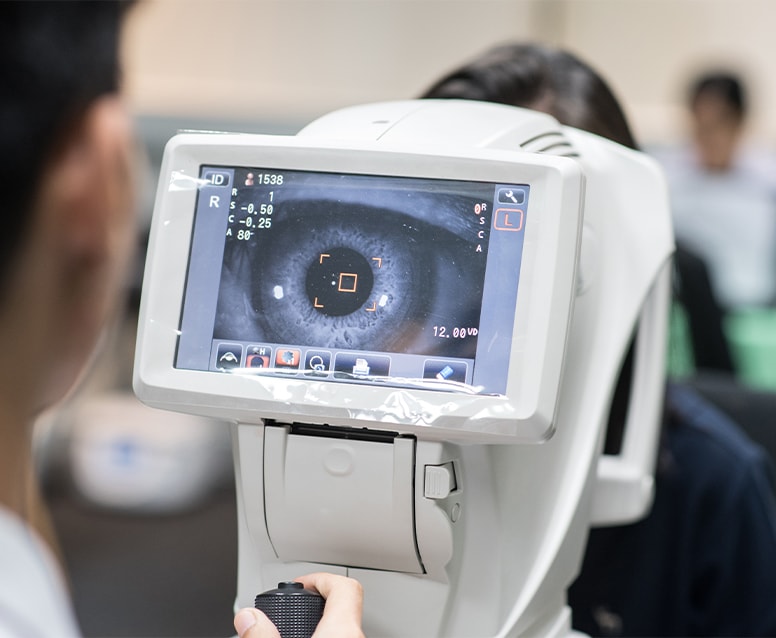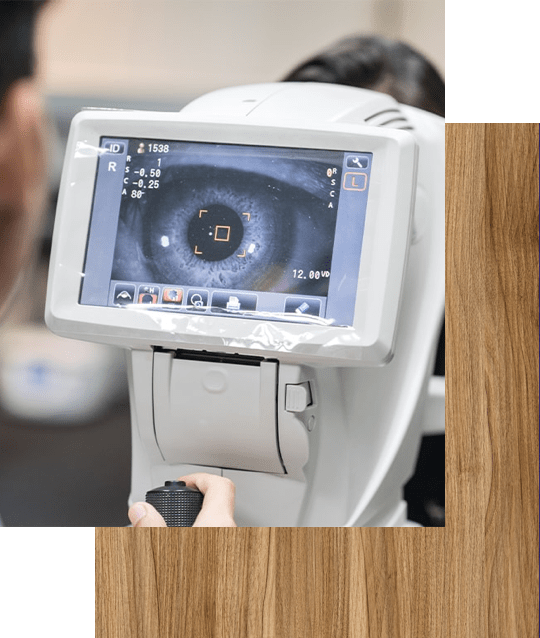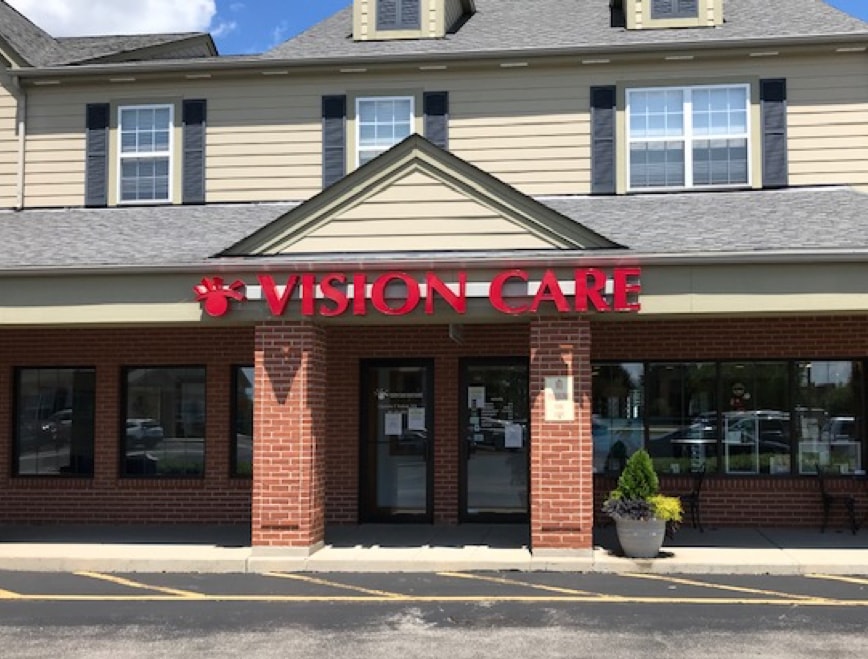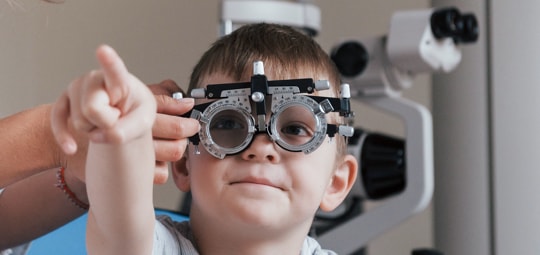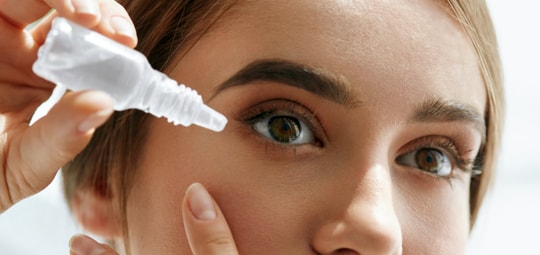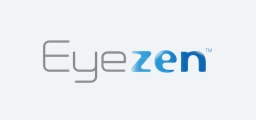Common Eye Diseases & Conditions
Glaucoma is one of the most common eye diseases worldwide, affecting nearly 3 million people in the United States alone. Glaucoma generally occurs when your intraocular pressure (IOP) rises, causing damage to your optic nerve, and leading to irreversible vision loss if not caught early. However, some forms of glaucoma may develop without raising your IOP levels.
There are 3 common types of glaucoma:
- Open-angle glaucoma occurs when the drainage angle between your iris and cornea is open, but intraocular fluids can’t drain fast enough to keep your IOP at normal levels.
- Closed-angle glaucoma occurs when the angle between your iris and cornea closes, resulting in a rapid increase of IOP levels. Closed-angle glaucoma is considered a medical emergency, and can also cause nausea, headaches, and blurred vision.
- Normal-tension glaucoma occurs even when IOP levels are within a normal range. However, an optometrist can detect it by observing your optic nerve during an eye exam.
Age-related macular degeneration (AMD) is a common eye disease, and is one of the leading causes of blindness in people 55 and older. AMD deteriorates your macula, the part of your retina responsible for central vision. As the disease progresses, it can affect your ability to read, drive, or even recognize faces.
There are 2 common types of AMD:
- Dry AMD occurs when small deposits of drusen form under the macula. Over time, the drusen slowly deteriorates the macula, leading to vision loss.
- Wet AMD is responsible for most AMD-related vision loss and occurs when delicate blood vessels begin to form under the macula. When these vessels break, they leak blood and fluids on and underneath your macula, resulting in rapid vision loss. Wet AMD is considered to be a medical emergency and requires immediate medical attention.
Diabetic retinopathy is an eye disease that develops as a complication of diabetes. Diabetes causes an increased level of blood sugar that can damage the blood vessels located behind your retina.
When this happens, your retina may develop new, yet delicate, blood vessels to help get the nutrients it needs. However, these vessels can break and leak fluids into your retina, resulting in vision loss over time.
Cataracts are a common eye condition occurring when the clear crystalline lens of your eye becomes denser and more opaque. The result of this is a milky or cloudy appearance that could affect your vision.
Early vision problems due to cataracts can be corrected with glasses or contact lenses. However, you can also remove the cataract with cataract surgery, which replaces the clouded lens with an artificial one.
Conjunctivitis, commonly known as pink eye, is an eye condition that causes various symptoms, including redness, irritation, wateriness, and a crusty discharge.
There are 3 common types of conjunctivitis:
- Allergic conjunctivitis occurs when your eyes react to something you’re allergic to. Allergic conjunctivitis doesn’t necessarily need treatment and can be managed with allergy medication. However, please speak to your optometrist or family doctor before purchasing any over-the-counter products.
- Viral conjunctivitis is caused by a viral infection and is contagious. The only way to treat it is by letting it run its course, which is typically a few days. If your symptoms persist longer than expected, please contact your optometrist.
- Bacterial conjunctivitis is also contagious but is caused by a bacterial infection. It can be treated with antibiotics. Please speak to your optometrist for treatment solutions, and avoid touching your face or eyes to prevent spreading.

